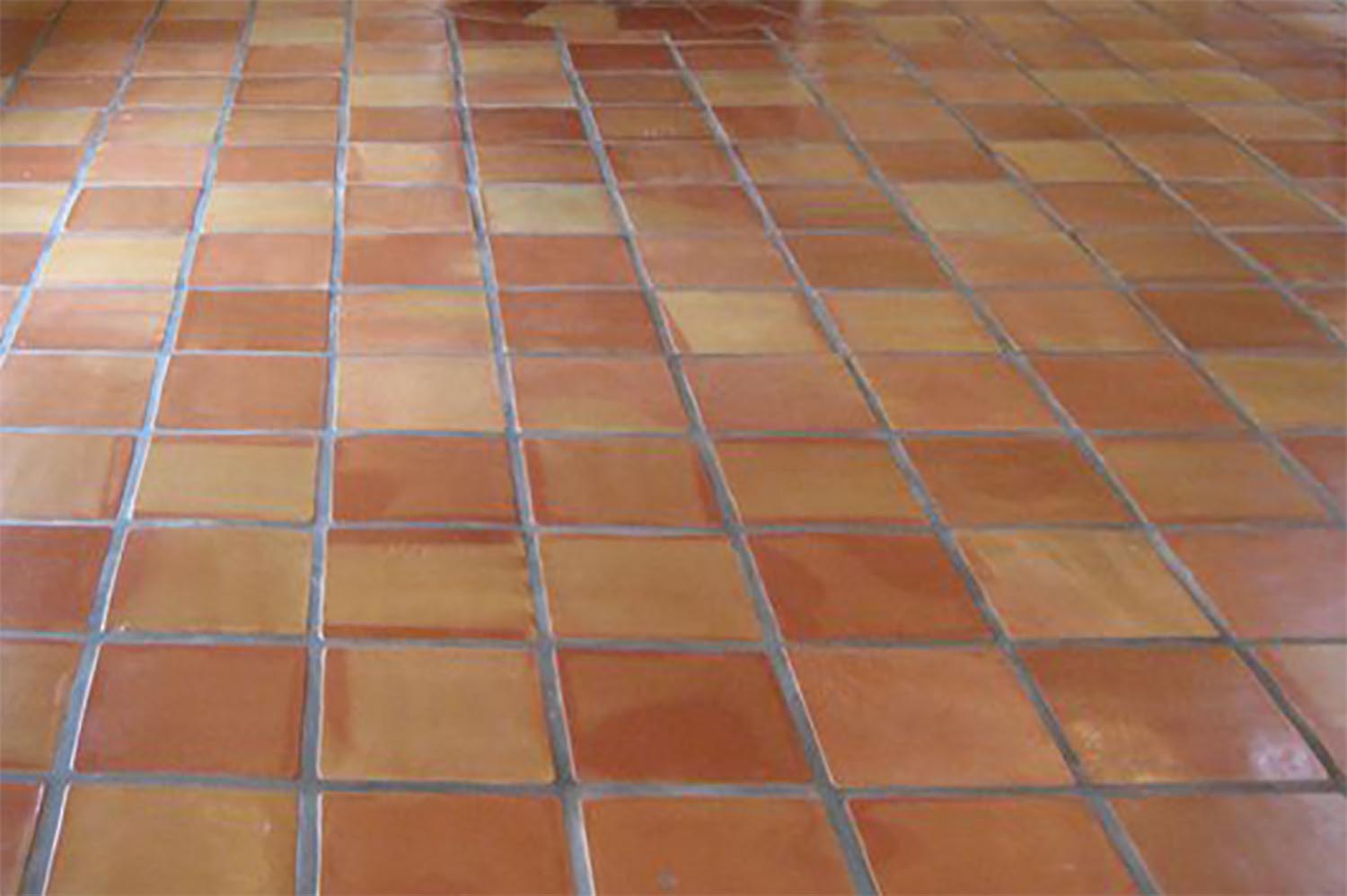French terracotta tiles are renowned for their rustic beauty and timeless appeal. These handmade tiles, with their warm tones and earthy textures, can enhance the charm of any space. However, like any natural material, they require proper care and maintenance to preserve their elegance and structural integrity. Over time, wear, stains, and ineffective sealing can diminish their beauty. Fortunately, restoring French terracotta is a straightforward process that involves removing old sealer, cleaning the tiles with precision, and applying a durable sealer to protect the surface. This article will guide you through each step of the restoration process.
Understanding the Restoration Process
Restoring French terracotta tiles involves several essential stages, beginning with removing the existing sealer, then thorough cleaning, and finally sealing the tiles to preserve their unique appearance. Each phase must be approached with care to ensure optimal results.

Removing the Sealer
Before initiating the cleaning process, it is necessary to determine whether the tiles have been previously sealed. To test for sealer, apply a few drops of water to the tile surface. The tiles are sealed if the water beads up and remains on the surface. If the water absorbs into the tile, it is unsealed and ready for cleaning.
If the tiles are sealed, the sealer must be stripped away for proper cleaning and resealing. This step is crucial because applying a new sealer over an existing layer can result in an uneven finish and reduced protection.
Chemical strippers designed for terracotta tiles are commonly used to remove old sealers. The stripping process begins by applying the stripper evenly across the surface and allowing it to sit for a designated period, as specified by the manufacturer’s instructions. During this time, the stripper breaks down the sealer, making removing it easier.
Once the stripper adequately penetrates the sealer, it is removed using a mop or absorbent cloth. In some cases, additional applications may be required for stubborn sealers. After stripping, the floor must be thoroughly rinsed with clean water to eliminate any residue left behind by the stripping agent.


Cleaning with a Buffing Machine and Pig’s Hair Pad
With the old sealer removed, the cleaning process can begin. A buffing machine equipped with a pig’s hair pad is recommended for optimal results. The pig’s hair pad is preferred due to its natural abrasiveness, effectively cleaning the terracotta surface without causing damage.
The buffing machine should be operated at low to moderate speed, allowing the pig’s hair pad to gently scrub the tiles and remove dirt, stains, and surface contaminants. A neutral pH cleaner specifically formulated for terracotta tiles should be applied during this process. Avoid acidic or harsh chemical cleaners, which can damage the tiles’ surface and alter their natural color.
Once the floor has been thoroughly cleaned, it is essential to rinse it with clean water to remove any remaining residue. Multiple rinses may be required to ensure the tiles are entirely free of cleaning agents. After rinsing, allow the tiles to dry completely before proceeding to the sealing stage.
Sealing with 411 Waterborne Sealer
Once the tiles are clean and dry, sealing is necessary to protect the terracotta from future damage. One of the most effective sealers for French terracotta is the 411 waterborne sealer, which provides excellent durability and enhances the natural beauty of the tiles.
The application process involves using a clean microfiber applicator or a soft cloth to apply a thin, even coat of the 411 waterborne sealer across the tiles. It is essential to work in manageable sections, ensuring complete coverage and avoiding any overlap marks. The sealer should be applied in a well-ventilated area to promote proper drying.
After the first coat is applied, allow the sealer to dry according to the manufacturer’s instructions. This usually takes a few hours, but drying times may vary depending on environmental conditions. Once the first coat is dry, additional coats can be applied if desired to enhance the protection and sheen of the tiles.
Enhancing the Appearance
Beyond essential sealing, some homeowners choose to apply a finish or wax further to enhance the appearance of their French terracotta tiles. This optional step can provide additional protection and give the tiles a rich, polished look. However, selecting a compatible product that works well with the 411 waterborne sealer is essential.
Maintaining Restored Terracotta Tiles
After restoring your French terracotta tiles, regular maintenance is crucial to prolong their beauty and protection. Sweeping or vacuuming frequently to remove dust and debris, combined with periodic damp mopping using a pH-neutral cleaner, will help maintain their pristine condition.
It is also advisable to reapply the 411 waterborne sealer periodically, depending on the foot traffic level and moisture exposure. Following a consistent maintenance routine, the tiles will retain their elegant appearance and structural integrity for years.
Conclusion
Restoring French terracotta tiles is a rewarding process that transforms worn or damaged tiles into a stunning, durable surface that radiates rustic charm. By carefully removing old sealer, cleaning with a buffing machine and pig’s hair pad, and applying the 411 waterborne sealer, you can effectively restore and preserve the unique beauty of French terracotta tiles. With the right approach and maintenance, your terracotta flooring will continue to enhance your space’s elegance for decades.

No responses yet